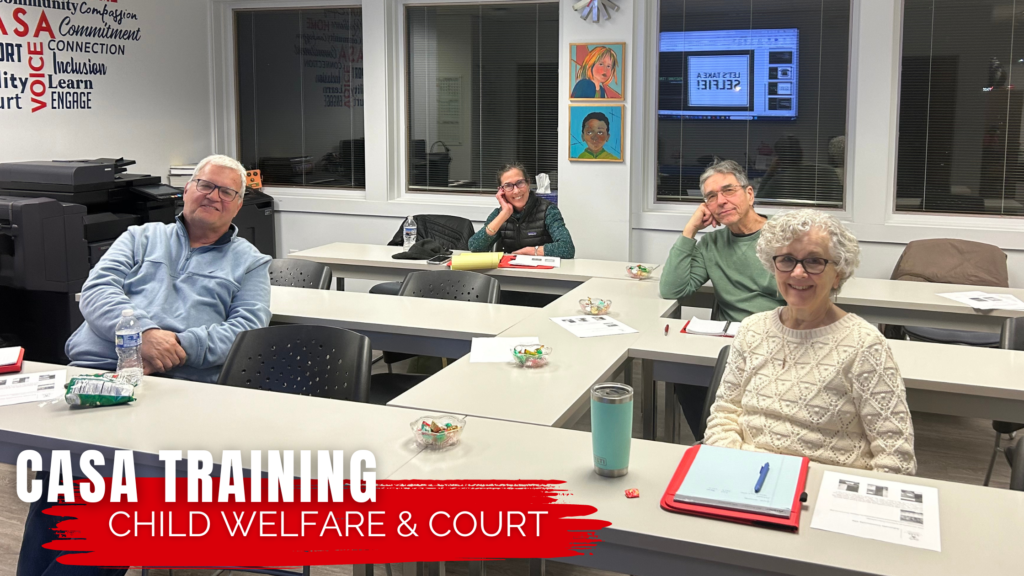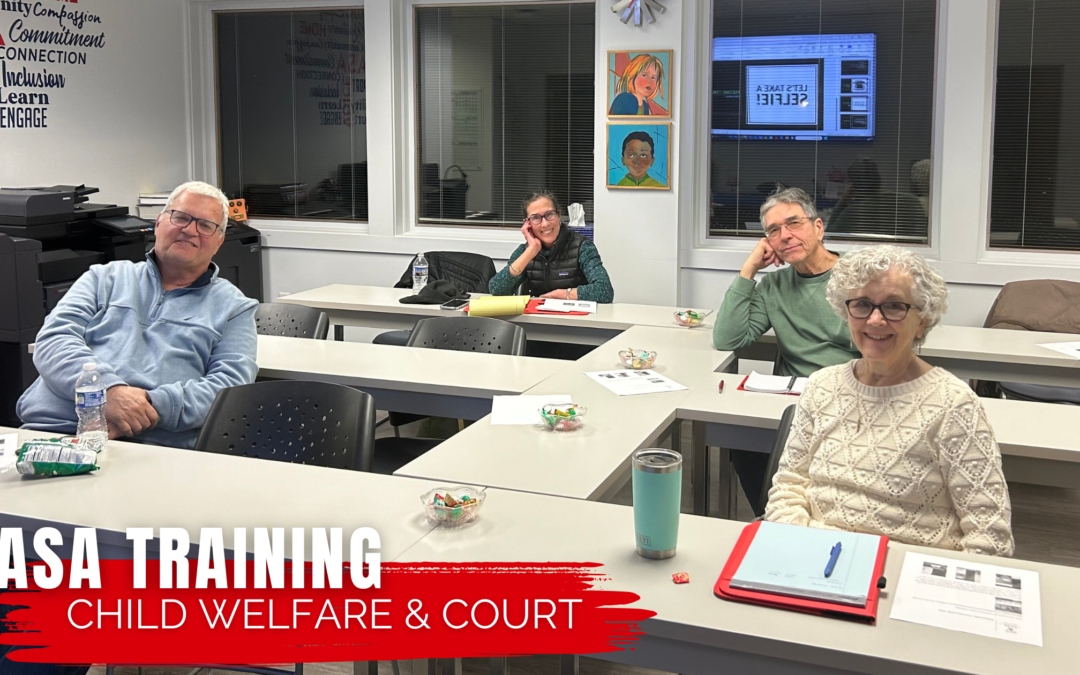
This fall, community members are working through our pre-service training, ready to start their journeys as Court Appointed Special Advocates. They join the 400+ advocates who have come before them during our 30 years of advocacy in Henrico County. We thought it would be a great time to share more about what CASA advocates learn in training.
Every child deserves a safe and nurturing environment to grow and thrive. So, first and foremost, future Court Appointed Special Advocates (CASA advocates) learn the basic laws, systems, and processes that exist to safeguard children’s rights. We provide a high-level overview before diving into the details.
Child Protective Services Overview
Child Protective Services (CPS), a subset of Virginia’s Department of Social Services, works to protect children and prevent future harm. Their process allows and encourages everyday citizens to report suspected abuse or neglect. Reports may come from various sources including concerned individuals, mandated reporters such as teachers, or even anonymous tips.
CPS conducts an initial screening on every report of abuse or neglect to determine the level of risk to the child. Last year, CPS received 4,268 reports in Henrico County alone. If one of these reports warrants further attention, CPS initiates an investigation or family assessment. This typically involves home visits, interviews with family members, and gathering evidence to assess the safety of the child. Based on the findings, CPS may initiate an intervention on behalf of the child. Interventions include offering support to the family or removing the child from their home.
Juvenile Court Process
Cases involving allegations of child abuse or neglect proceed to juvenile court as civil matters. They focus on the adjudication and disposition of these claims. Criminal charges related to the abuse or neglect are handled separately in the criminal justice system.
The court process begins with a petition that outlines the allegations of abuse and neglect. At the first hearing, a judge will determine whether the allegations are substantiated. This hearing may involve the presentation of evidence and witness testimony from individuals such as parents, CPS caseworkers, and other relevant parties or professionals.
If the court finds the allegations to be true, the case transitions to the disposition phase. A judge will then decide on appropriate actions to ensure the safety and well-being of the child. In cases where children are temporarily removed from their homes, a permanency plan is established. This plan prioritizes one of three goals: reunification with the family, relative/kinship care placement, or adoption.
Every case is different, and the Court holds ongoing hearings to monitor the progress of the case and ensure that the child’s needs are being met. These hearings provide an opportunity to assess the effectiveness of the interventions and make any necessary adjustments to the service and permanency plan.
Both of these systems protect the rights and well-being of vulnerable children. By understanding these systems, future CASA advocates can better support the processes to safeguard children’s welfare. Learn more about CASA’s best-interest advocacy here.








